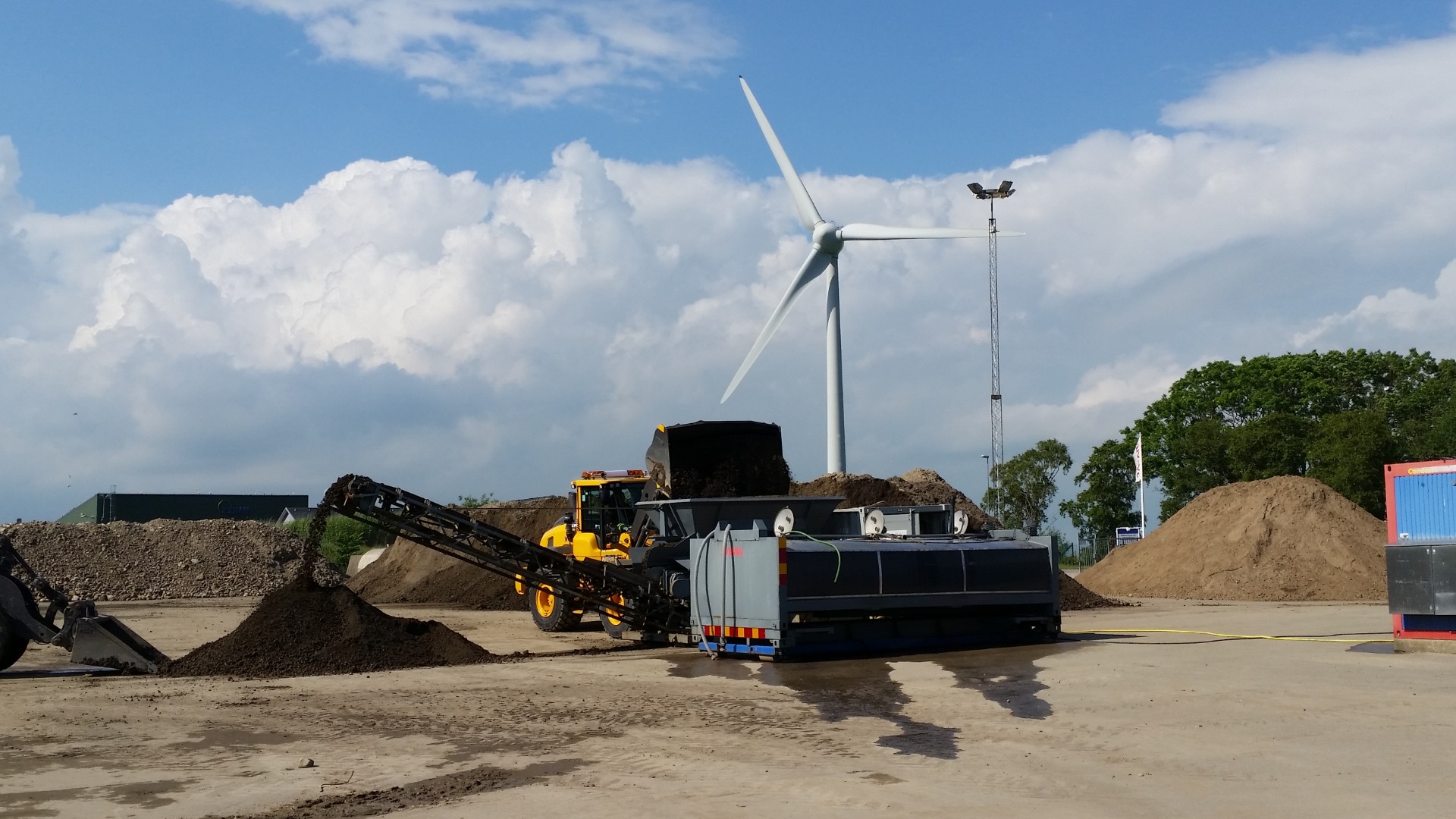Remediation technologies
Abitec has developed its own biotechnological and integrated remediation technologies. Our technologies are used in-situ,
ex-situ, and on-site. It is very common to use our biological remediation technologies in conjunction with physical or chemical methods in integrated technologies or as treatment trains.
The quality management system of all biotechnological remediation technologies supplied by Abitec are certified according to the International Organization of Standardization (ISO) standard ISO 9001:2015. All of them have been approved by the state authority like The National Institute of Public Health and Ministry of Public Health of the Czech Republic. Pollutants that can be treated using our methods: aliphatic hydrocarbons, BTEX, some polycyclic aromatic hydrocarbons (up to 5 condensed aromatic rings), alcohols, organic acids, some fire extinguishers, phenols, fatty acids, alkyl derivatives of aliphatic hydrocarbons, chlorinated hydrocarbons (aliphatic and aromatic), some pesticides, cyanides. Other organic pollutants should be laboratory tested before the application of entire technology.


BIOREMEDIATION
Our biological technologies are used in-situ, ex-situ, and on-site for the treatment of solid or liquid materials (polluted soil, wastes, waste construction material, sludge, groundwater, wastewater). Technology of bioremediation is aimed mostly to organic pollutants.
BIOLOGICAL STABILIZATION
The technology of biological stabilization is employed for solid materials (waste, soil, sediment, and sludge) polluted with persistent organic pollutants (POPs).


CHEMICAL OXIDATION
We use chemical oxidation to eliminate organic pollutants including persistent organic pollutants (POPs). We use different strategies reflecting real pollution composition as well as site specific characteristics. In most cases the efficiency is tested in our lab as together with the evaluation of natural oxidation demand (NOD). It enables to evaluate the effectiveness of chemical oxidation and corresponding costs. The most frequent applications are based on modified Fenton´s oxidation or activated persulphate oxidation. In some cases integration of chemical oxidation and biological remediation is used. Treated pollutants are mainly: oil hydrocarbons, BTEX, chlorinated solvents, organic acids, alcohols, pesticides and cyanides.
IN-SITU OR EX-SITU SOIL FLUSHING INTEGRATED WITH BIOLOGICAL TREATMENT
An innovative treatment technology utilizes the power of specific surfactants (excellent efficiency and high biodegradability) for extraction of contaminants from soil and their biological degradation. The goal of this technology is to release and biologically degrade pollutants. Adsorption of organic pollutants to soil particles is rate-limiting factor of remediation on almost every polluted site. Extraction fluid is injected to the polluted zone utilizing installed vertical or horizontal wells. Injected surfactants release sorbed molecules of pollutants and rendering them susceptible to biological attack. Moreover, they decrease interfacial tension between polar and nonpolar compounds and thus support an emulsification of nonpolar pollutants, making them soluble in water, and facilitate their transport into a bacterial cell. Since the mass transfer is the slowest step in the biodegradation process, the effect of surfactant directly increases the speed of the biodegradation process. Simultaneously surfactant is biologically degraded together with targeted pollutants. Utilization of surfactants is usually integrated with installed pump and treat system. Specifically placed extractions wells create hydraulic curtain preventing movement of mobilized pollution together with groundwater.The combination of use of biodegradable surfactant with in-situ biological polishing/finalisation step allows not only intensify the polishing/finalisation phase in the restoration, but also ensures a high degree of degradation of the mobilized pollutants and reduces the possibility of rebounding. The technology is used when conventional in-situ remediation methods (pumping) fail and are not effective, so that achieving the required limits using these procedures is either impossible or very time consuming and costly. The technology has been used successfully used also in ex-situ treatment of excavated polluted soils or similar materials.

